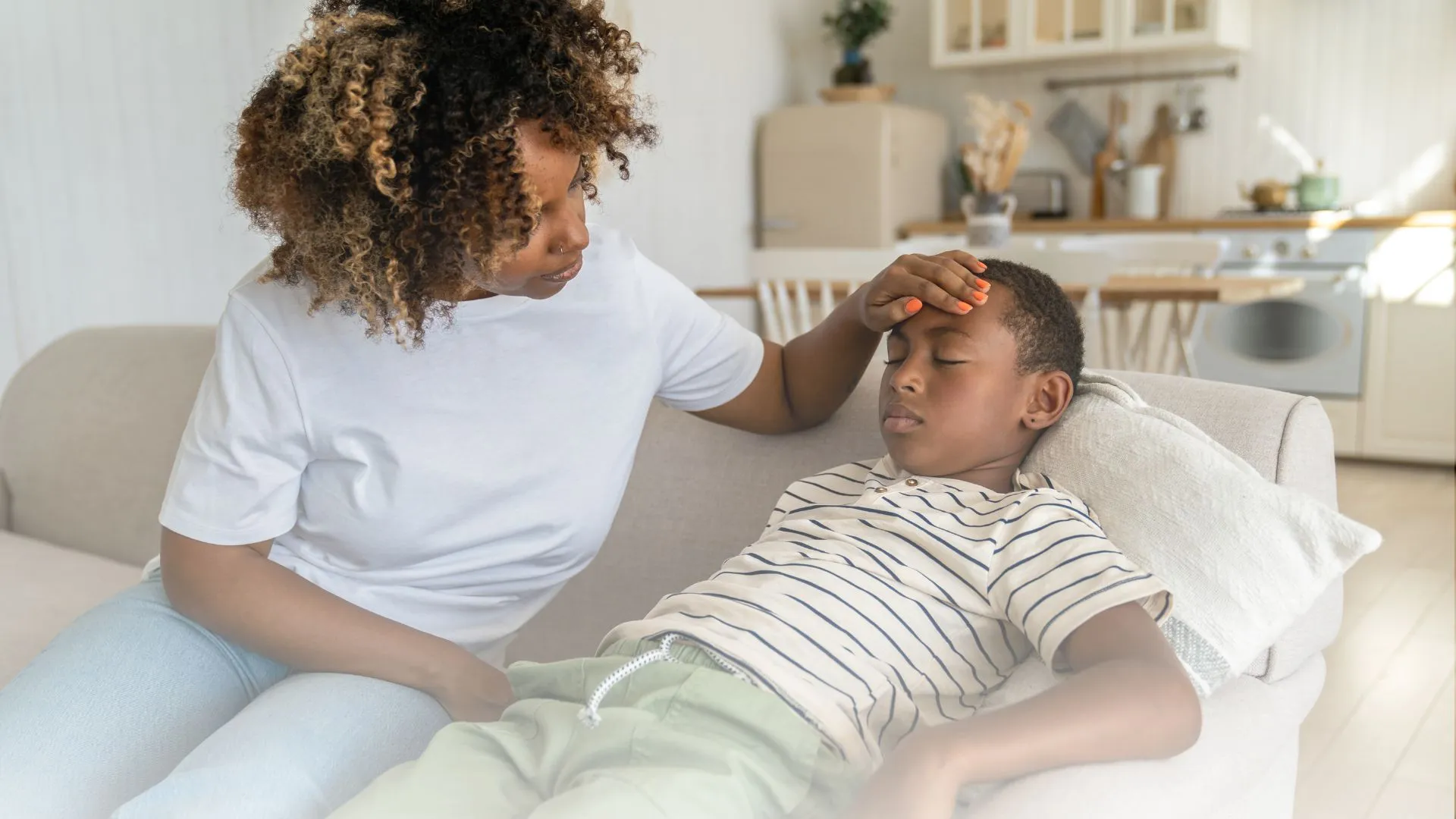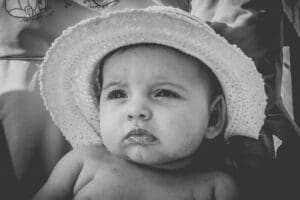
The pram temperature test results you need to see.
The experiment that shows why air circulation in a pram, is so important.

RSV (Respiratory syncytial virus) is the most common cause of respiratory and breathing infections in children, frequently leading to infections in the lungs and breathing passages. It is also one of the most frequent causes of the common cold. While most cases of RSV are mild and can be managed at home with plenty of rest and fluids, it’s important to remember that this isn’t always the case.
NOTE: RSV is a common cause of bronchiolitis and pneumonia in children under one-year-old.
Also – If your child has asthma, RSV is likely to trigger their asthma symptoms.
Seek medical attention if;
And remember – ALWAYS TRUST YOUR GUT. You know your child better than anyone.
Call an ambulance or go to your nearest hospital emergency department if your child is turning blue or pale, has mottled skin, is having trouble breathing or is breathing very quickly, is not alert, has fewer wet nappies than usual or is under three months with a temperature over 38 degrees.
Children with RSV are usually infectious for eight days from the start of their symptoms. RSV is very contagious and can live on surfaces for several hours and on unwashed hands for 30-60 minutes. It spreads quickly and easily among children through coughing, sneezing, and sharing cups and other objects that have been in contact with the infected child’s mouth, nose, or eyes.
Don’t allow children to share drinks, cutlery or toys (whenever possible) and ensure these items are cleaned thoroughly with soap and water between uses. Encourage your child to cough and sneeze into a tissue, then throw the tissue away – and wash hands afterwards! Wash your hands after having any contact with someone who has cold symptoms.
If your child has RSV (or cold-like symptoms), it is essential to keep them away from newborn babies or immunocompromised people (with a weakened immune system).
There are currently two options;
Maternal Vaccination (Abrysvo®)
Eligibility: Pregnant women between 28–36 weeks gestation.
Cost: Free under the National Immunisation Program (NIP) from 3 February 2025.
Purpose: Provides passive immunity to newborns, reducing the risk of severe RSV disease by approximately 70% in infants under 6 months.
Access: Talk to your doctor, pharmacist or health care provider to arrange your maternal RSV vaccine.
Infant Immunisation (Beyfortus™ – Nirsevimab)
This one is a little more complicated…
Eligibility: See the full post for more
Purpose: Protects babies from serious RSV illness for at least five months. Studies show nirsevimab lowers the chance of a baby needing to go to hospital for RSV by more than 80%.
Cost: Free under state and territory programs. It is not available for private purchase in Australia.
Access: Administered at birth or through community health services. Check with your local health department for specific program details.
Read the full breakdown of vaccination/protection options including eligibility here.
*Please note this information is correct at the time of publication. Last updated: 27 May 2025*
Further Reading (viewing!)
Multicultural Media Online Conference on Respiratory Syncytial virus RSV 27/03/2024 featuring Dr Jeremy McAnulty – this video has some fantastic information; we particularly want to highlight a quote from Dr Jeremy McAnulty on why is it necessary, now more than ever, that we spread education on RSV;
“During the pandemic with the lockdowns around the world… we saw very few cases of RSV, but when we opened up again, and travel started again, RSV came back in large numbers, and it wasn’t quite in the same season anymore. We saw large numbers out of season, and this year we’re still seeing a disruption to that normal pattern with lots of cases now a bit earlier than we would expect pre-pandemic, at higher levels, and we’re still seeing an increase in cases.” Dr Jeremy McAnulty, Executive Director, NSW Ministry of Health
In this video, Dr Linny Phoung explains what RSV is and how to protect your newborn baby from birth with the RSV maternal vaccine, which is free for pregnant women. Visit health.gov.au/maternalvaccinations
References
NSW Health – RSV Fact Sheet
NSW Health – Maternal RSV vaccination (Abrysvo®) fact sheet
National Centre for Immunisation Research and Surveillance | NCIRS
State and territory nirsevimab (Beyfortus) infant program summary 2025

The experiment that shows why air circulation in a pram, is so important.

Can I put sunscreen on my baby? What is the best way to protect a baby from the Sun? We answer all things baby Sun safety in our latest Live.

Do you know why baby young ones should never be seated in the aisle seat? Watch to find out this and more on flying with a baby!